
Don’t Throw Away Potato Peels—Turn Them into Free Plant Food!

Potatoes are a kitchen staple in many households, but did you know that their peels are just as valuable as the potato itself?
Instead of tossing potato peels into the trash, you can reuse them to enrich your soil, nourish plants, and even save money on fertilizers.
Potato peels are packed with essential nutrients like nitrogen, potassium, phosphorus, and magnesium, making them an excellent organic addition to any garden.
In this guide, you’ll discover how to use potato peels as a natural fertilizer, compost booster, and even a pest deterrent—helping you create a more sustainable and thriving garden.
Why Use Potato Peels in the Garden?
Potato peels contain vital nutrients that promote plant growth, including:
- Potassium (K) – Essential for root and flower development.
- Phosphorus (P) – Encourages healthy root systems and fruit production.
- Nitrogen (N) – Supports leafy green growth and overall plant health.
- Magnesium & Calcium – Strengthen cell walls, improving plant resilience.
By recycling potato peels, you can improve soil fertility, reduce food waste, and cut down on chemical fertilizers.
How to Use Potato Peels to Nourish Soil & Plants
There are several easy and effective ways to use potato peels in your garden. Let’s explore the best methods.
1. Make a Nutrient-Rich Potato Peel Fertilizer
Potato peel fertilizer is a great way to boost plant growth without spending money on store-bought fertilizers.
How to Prepare Potato Peel Fertilizer:
- Collect potato peels and allow them to dry completely (sun-drying or oven-drying works best).
- Once dry, grind them into a powder using a blender or food processor.
- Mix the powdered peels into water and let them steep for 24 hours.
- Use this nutrient-rich water to water your plants once a week.
Best Plants to Use It On: Tomatoes, peppers, roses, and leafy greens.
2. Add Potato Peels to Your Compost Bin
Potato peels break down quickly and are a valuable addition to compost bins. They speed up decomposition and provide much-needed moisture and nutrients.
How to Compost Potato Peels Properly:
- Chop or shred the peels into smaller pieces to accelerate decomposition.
- Mix them with dry brown compost materials (like leaves or cardboard) to balance nitrogen and carbon levels.
- Keep the compost pile aerated by turning it regularly to prevent mold growth.
Caution: Avoid adding potato peels if your compost bin doesn’t reach high temperatures, as they may carry fungal spores like blight.
3. Directly Bury Potato Peels in the Garden
Burying potato peels directly in the soil creates a natural slow-release fertilizer. As the peels decompose, they enrich the soil with nutrients and organic matter.
How to Use This Method:
- Dig a shallow trench 2-4 inches deep in your garden bed.
- Place the potato peels inside and cover them with soil.
- Water lightly to help decomposition begin.
Best Areas to Use This Method: Vegetable gardens, fruit tree bases, and flower beds.
Tip: To prevent rodents from digging them up, bury peels deeper or mix with other organic matter.
4. Make a DIY Liquid Fertilizer from Potato Peels
Potato peel tea is an easy-to-make liquid fertilizer that provides plants with quick-access nutrients.
How to Make Potato Peel Tea:
- Boil potato peels in water for 15-20 minutes.
- Let the water cool completely.
- Strain out the peels and pour the nutrient-rich water around your plants.
Best Plants for Potato Peel Tea: Houseplants, flowering plants, and fruiting vegetables.
5. Use Potato Peels as Mulch for Soil Moisture Retention
Potato peels act as natural mulch when dried and spread over garden beds.
This helps to:
- Retain soil moisture by reducing evaporation.
- Suppress weeds by blocking sunlight.
- Improve soil structure as they decompose.
Tip: Always dry the peels before using them as mulch to prevent attracting pests.
6. Potato Peels as a Natural Pest Deterrent
Potato peels can be used to deter or attract certain pests, depending on how you use them.
How to Use Potato Peels Against Pests:
- Trap Slugs & Snails – Place potato peels in the garden overnight to attract slugs, then remove them in the morning.
- Repel Aphids – Spread crushed, dried potato peels around plants to distract aphids.
- Keep Deer & Rodents Away – Sprinkle spicy potato peels (mixed with cayenne pepper) around plants as a natural repellent.
Best Plants to Use Potato Peels On
Potato peels benefit many types of plants, but they are particularly helpful for:
- Tomatoes – Boosts potassium levels for better fruit production.
- Peppers – Improves flowering and fruiting stages.
- Roses – Strengthens stems and promotes larger blooms.
- Lettuce & Leafy Greens – Enhances leaf growth and color.
- Potatoes (if disease-free) – Encourages a richer soil structure.
Avoid Using Potato Peels On:
- Plants prone to fungal infections (if your potato peels carry blight spores).
- Garden beds with heavy rodent activity, as peels may attract them.
Sustainable Benefits of Recycling Potato Peels
By using potato peels in your garden, you are:
- Reducing food waste – Less trash going to landfills.
- Saving money – No need to buy chemical fertilizers.
- Improving soil health – Boosting fertility with organic nutrients.
- Creating a self-sufficient garden – Using natural resources efficiently.
Instead of tossing potato peels in the trash, put them to good use by nourishing your garden and helping the environment at the same time!
Potato peels are more than just food scraps—they’re an amazing, free fertilizer that can improve soil quality, boost plant growth, and naturally deter pests.
Whether you choose to compost them, make a nutrient tea, or bury them in the soil, they can transform your gardening routine into a more sustainable and cost-effective practice.
Next time you peel potatoes, don’t throw away the skins—give them back to the earth!
News in the same category

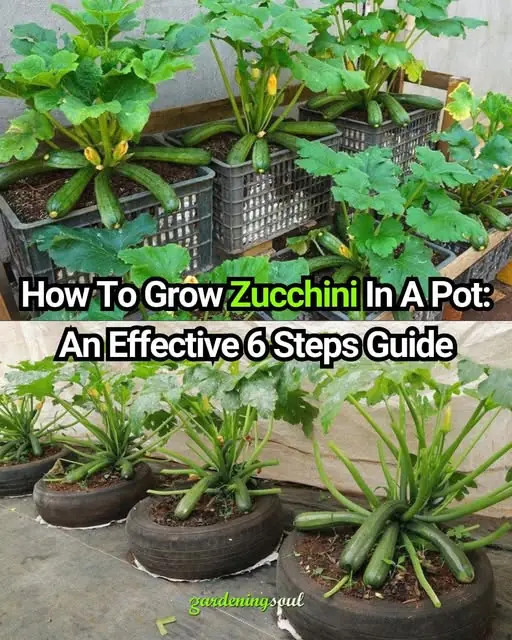
How To Grow Zucchini In A Pot: An effective 6 steps guide
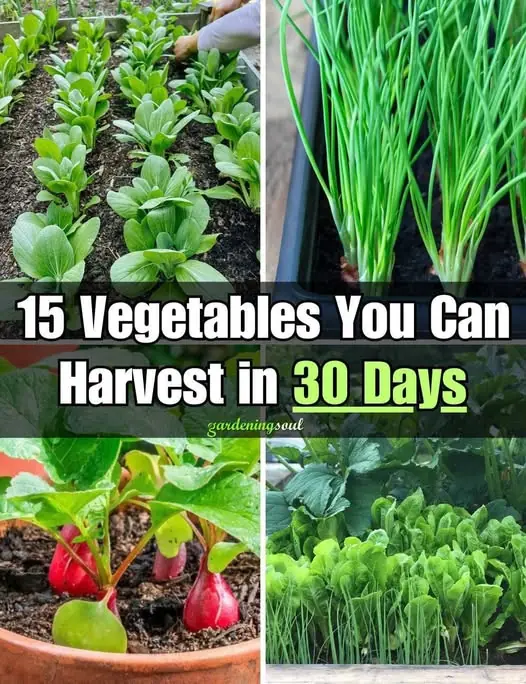
15 Vegetables You Can Harvest in 30 Days
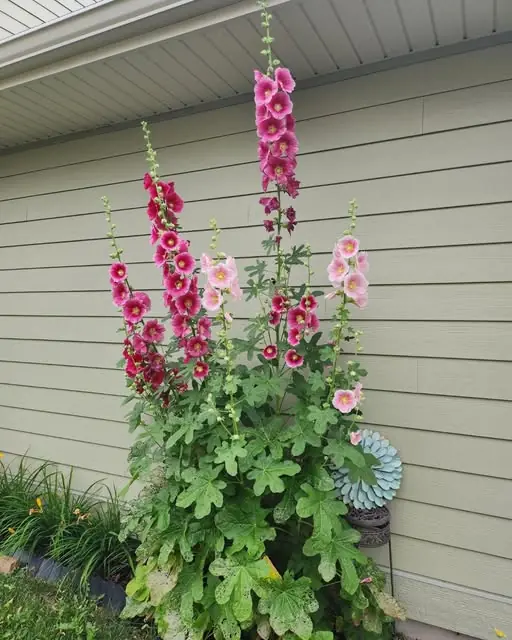
Why You Should Grow Hollyhocks in Your Yard and How to Eat Every Part of this Plant
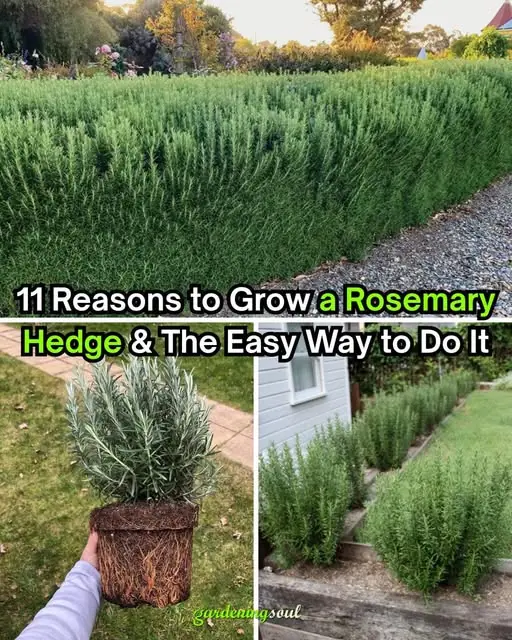
11 Reasons to Grow a Rosemary Hedge & The Easy Way to Do It
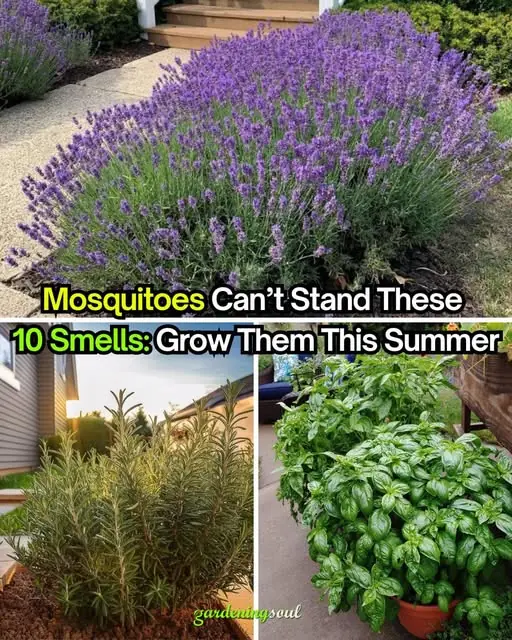
Mosquitoes Hate These Plants. Grow Them In Your Home
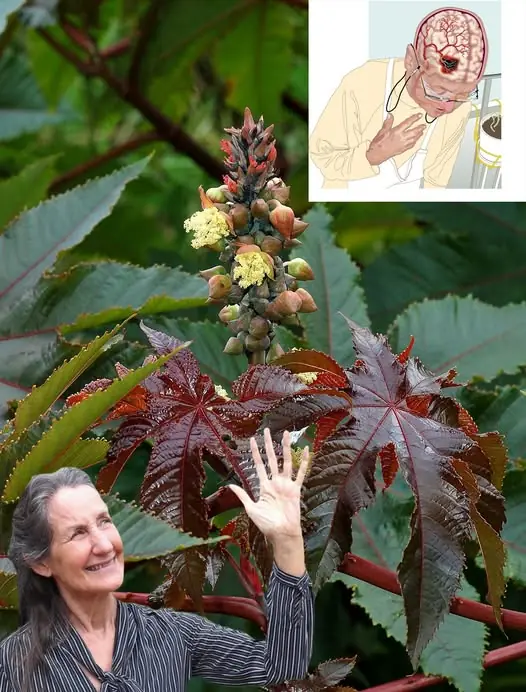
Unlock the Health Benefits of the Castor Bean Plant: A Natural Remedy for Wellness
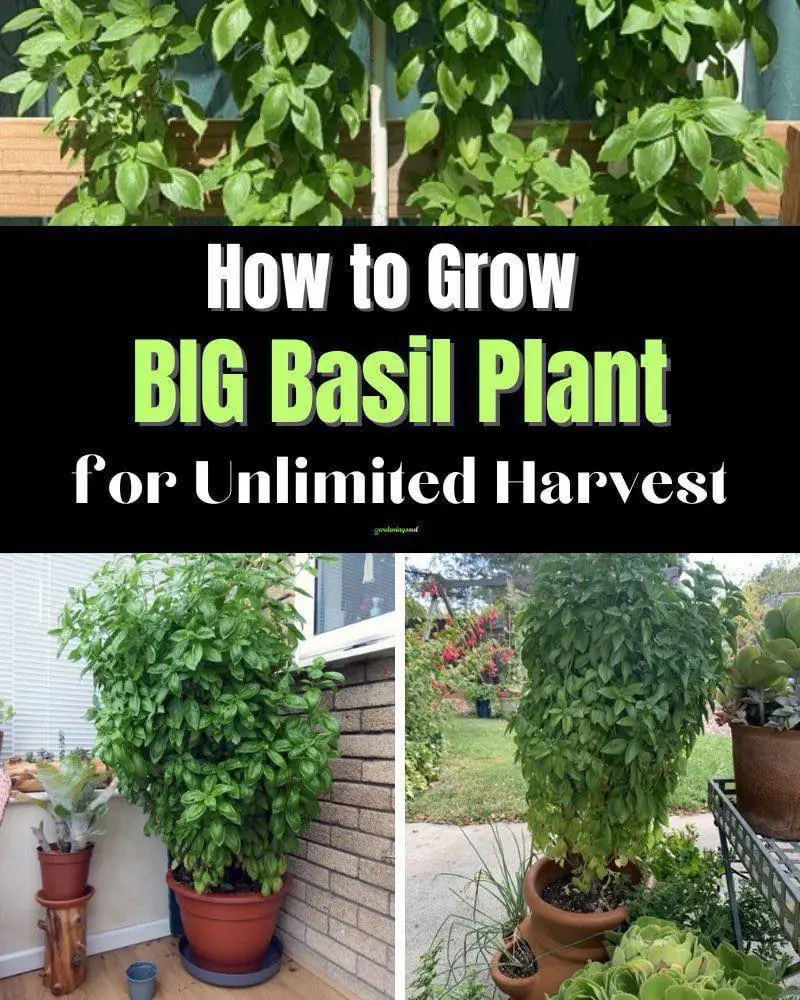
How to Plant, Grow and Harvest Basil – Complete Guide
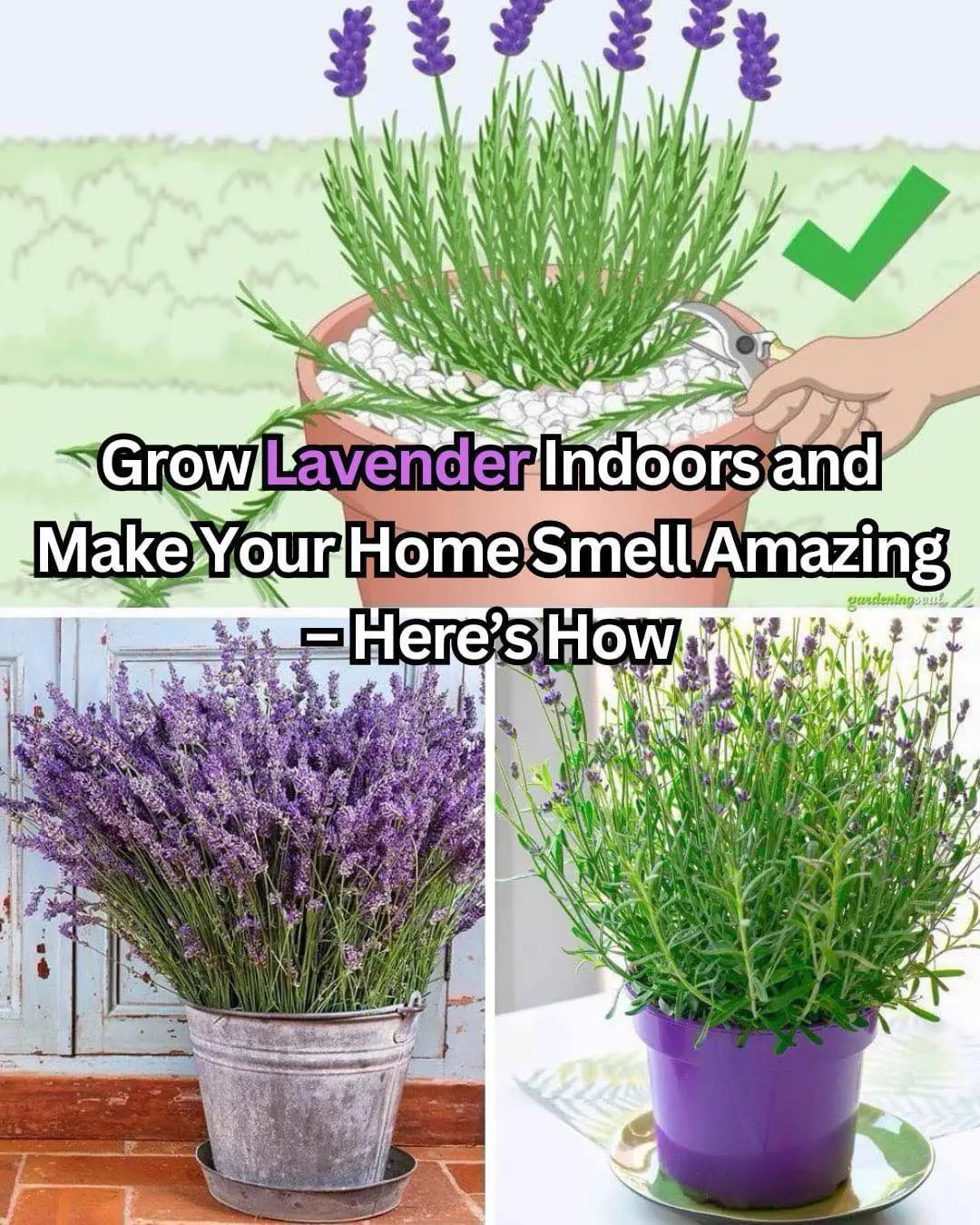
How To Grow Lavender Indoors in Pots
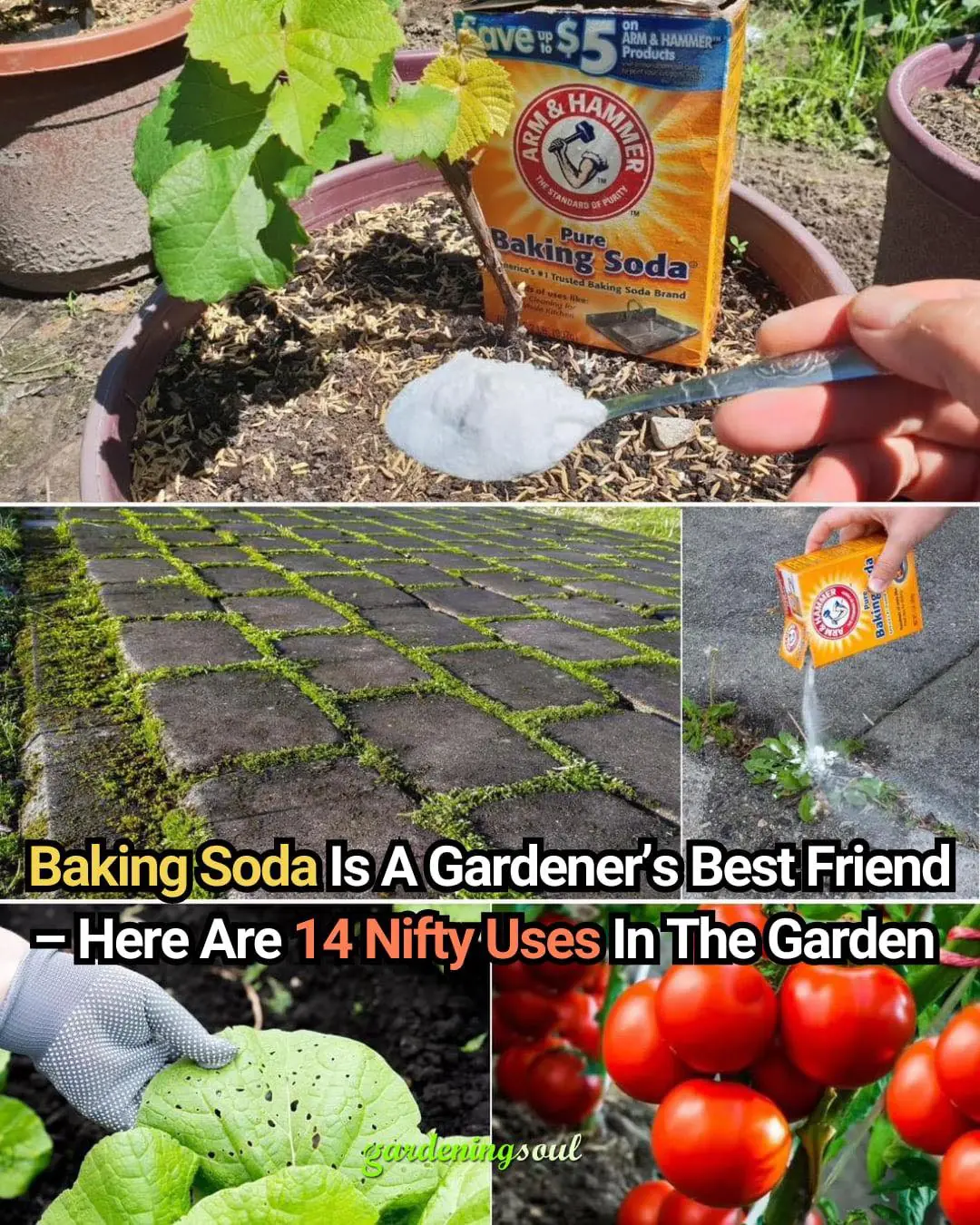
Baking Soda Is A Gardener’s Best Friend – Here Are 14 Nifty Uses In The Garden
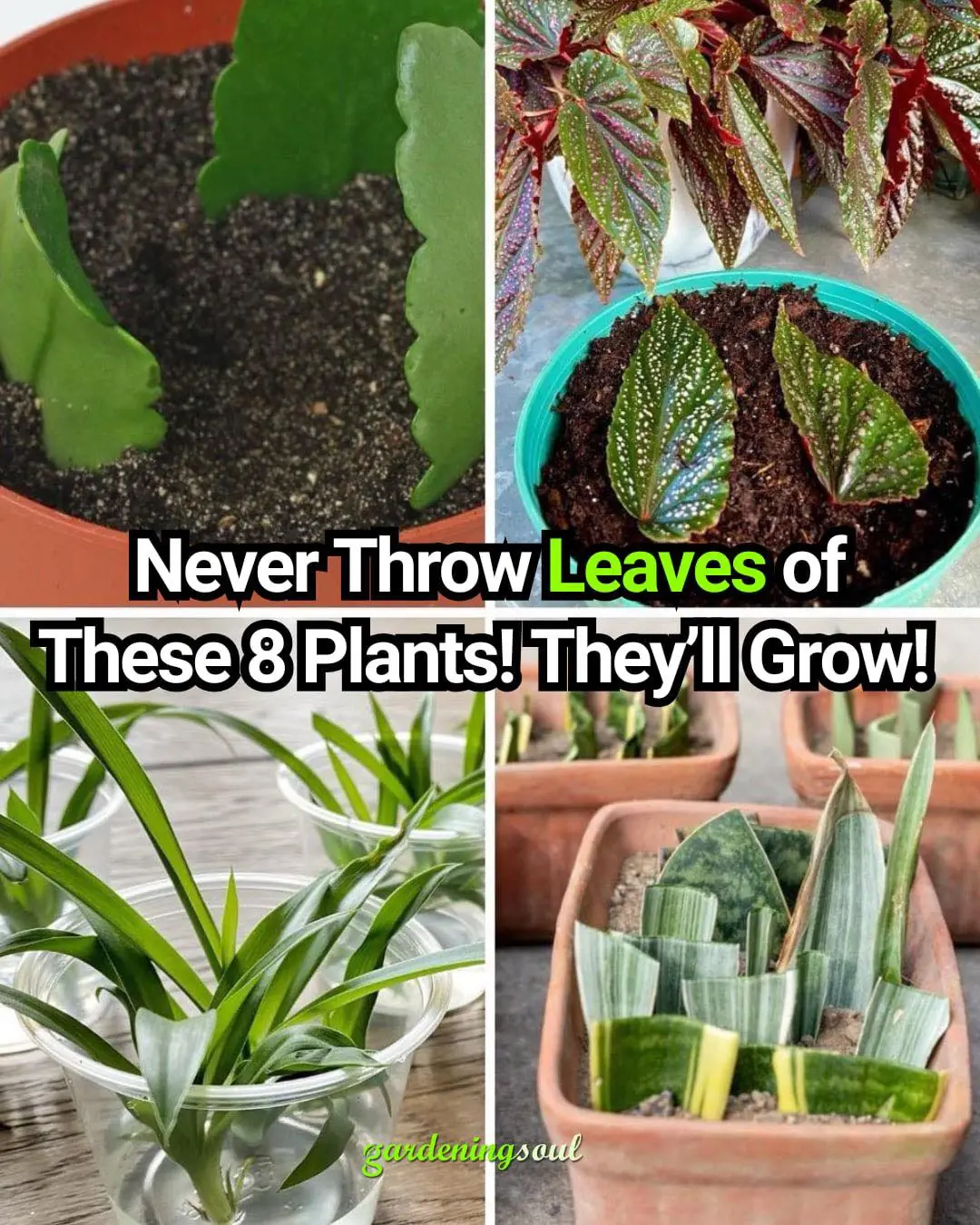
Never Throw Leaves of These 8 Plants! They’ll Grow!
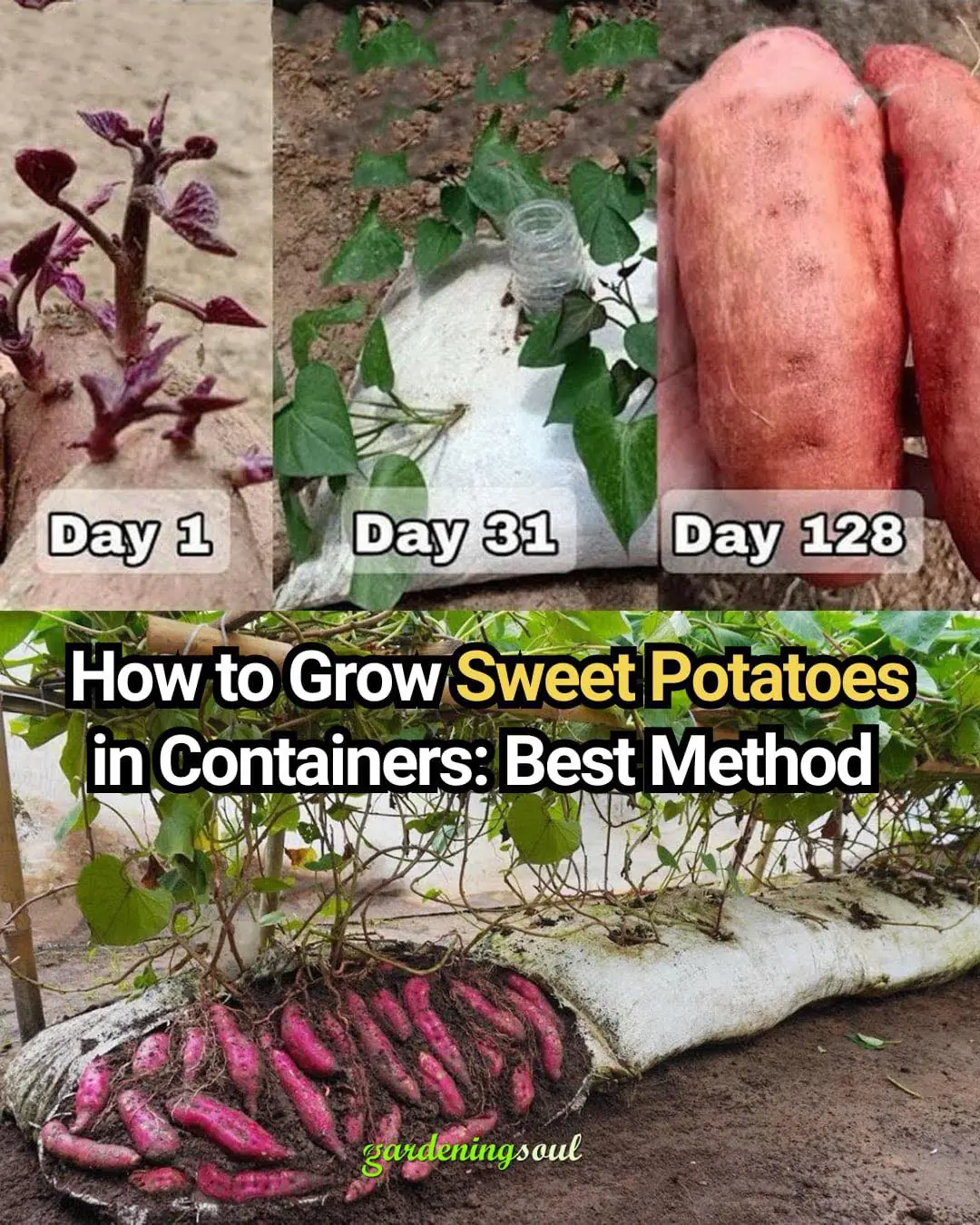
How to Grow Sweet Potatoes in Containers: Best Method
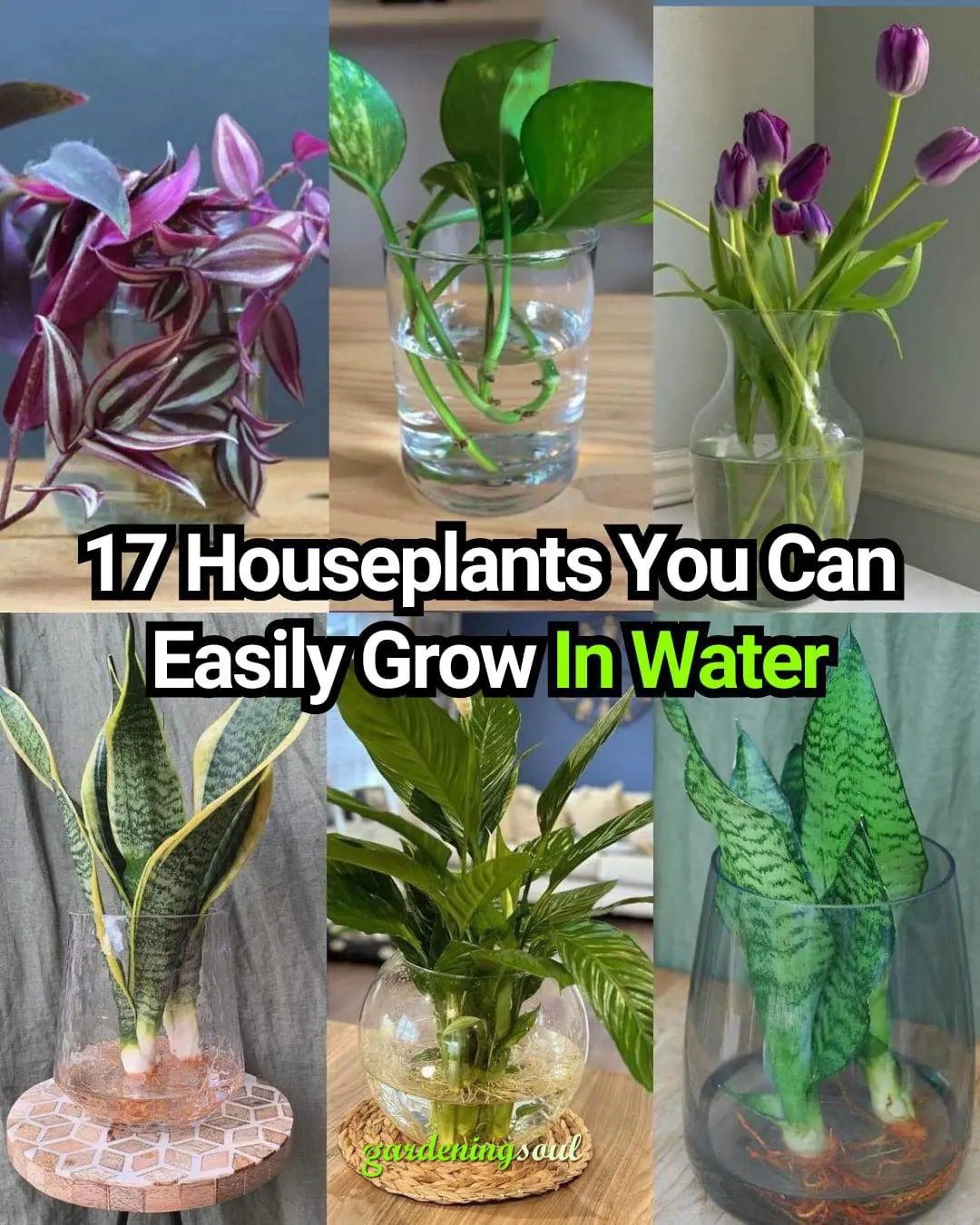
17 Houseplants You Can Easily Grow In Water
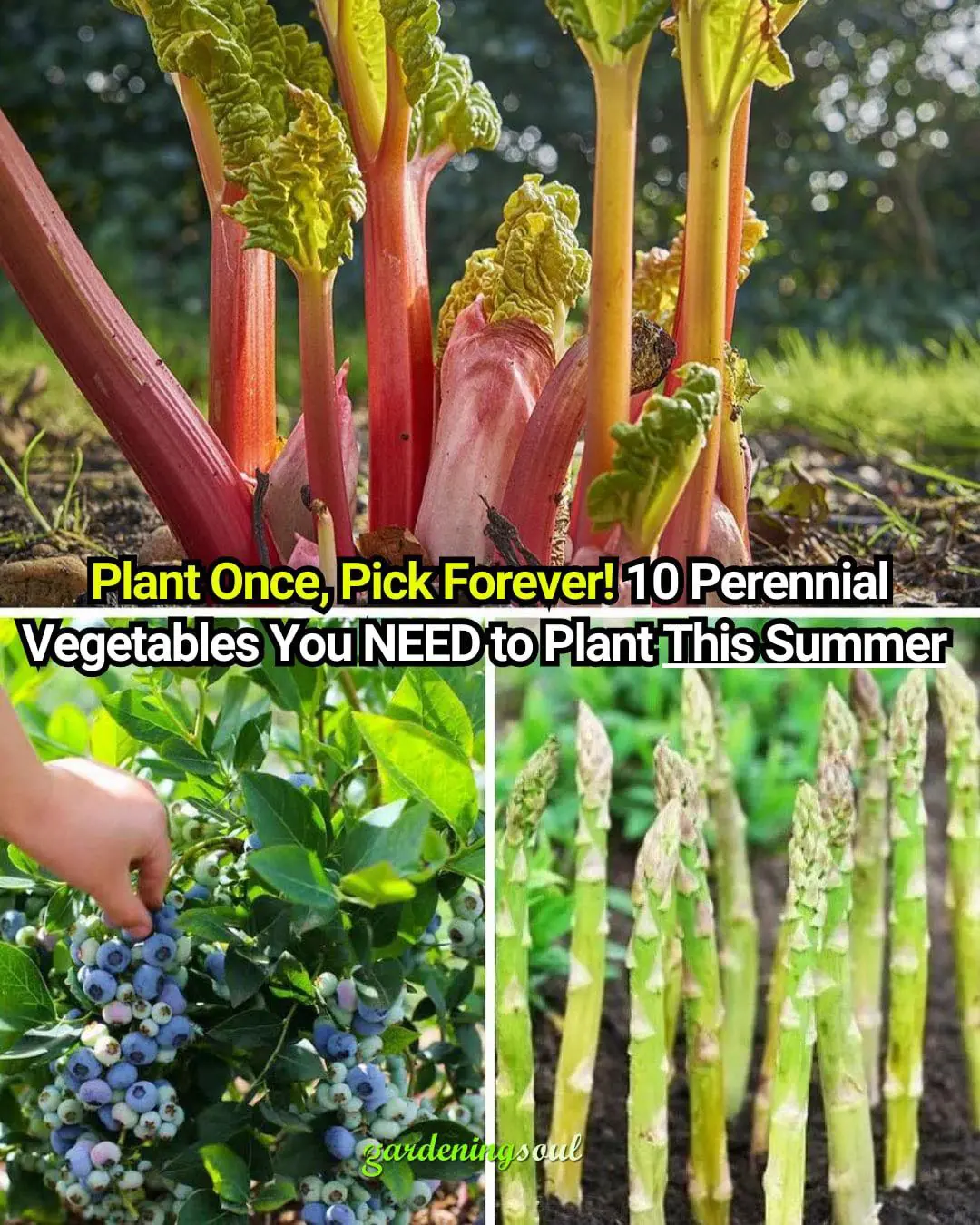
Plant Once, Pick Forever! 10 Perennial Vegetables You NEED to Plant This Summer
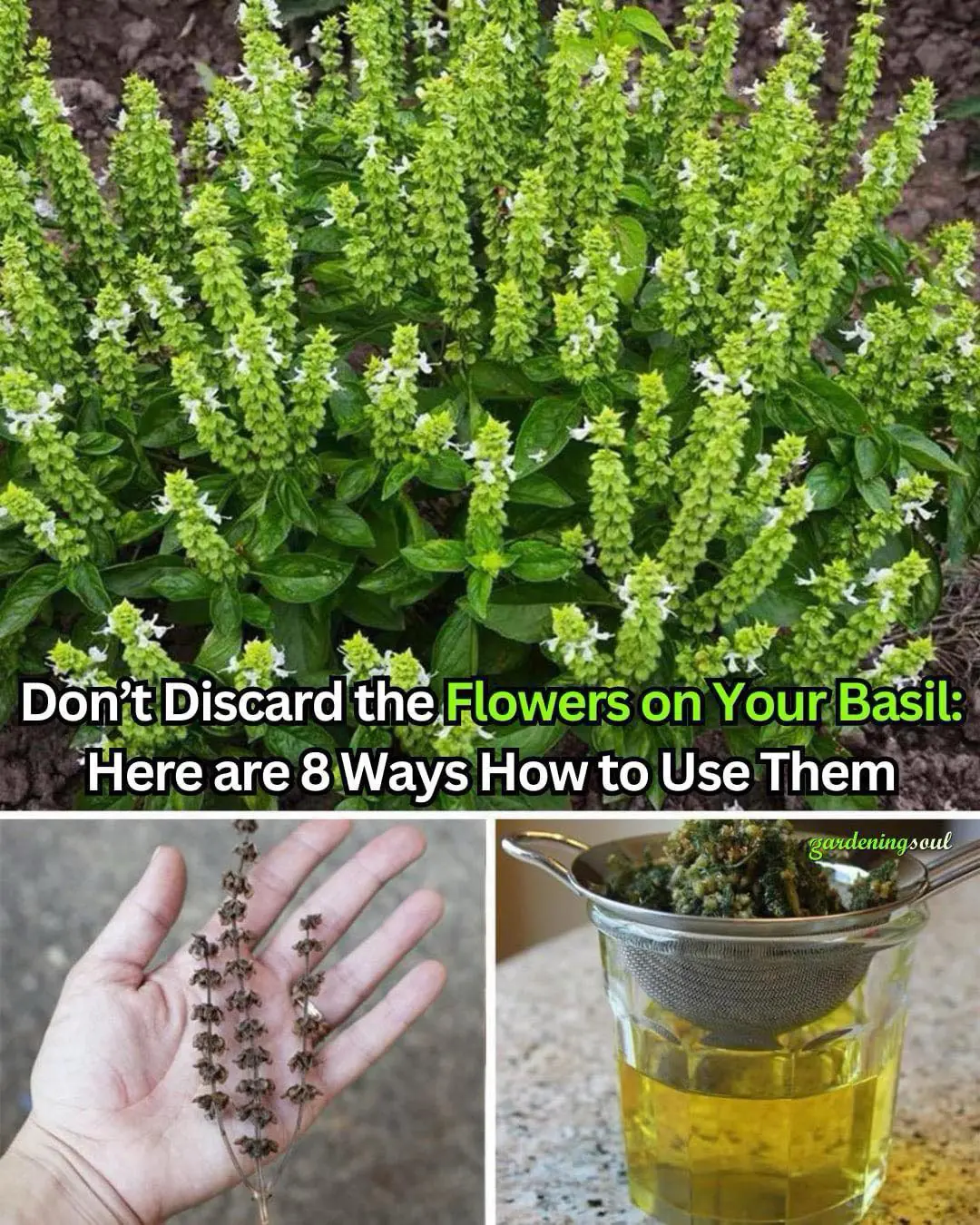
Don’t Discard the Flowers on Your Basil: Here are 8 Ways How to Use Them
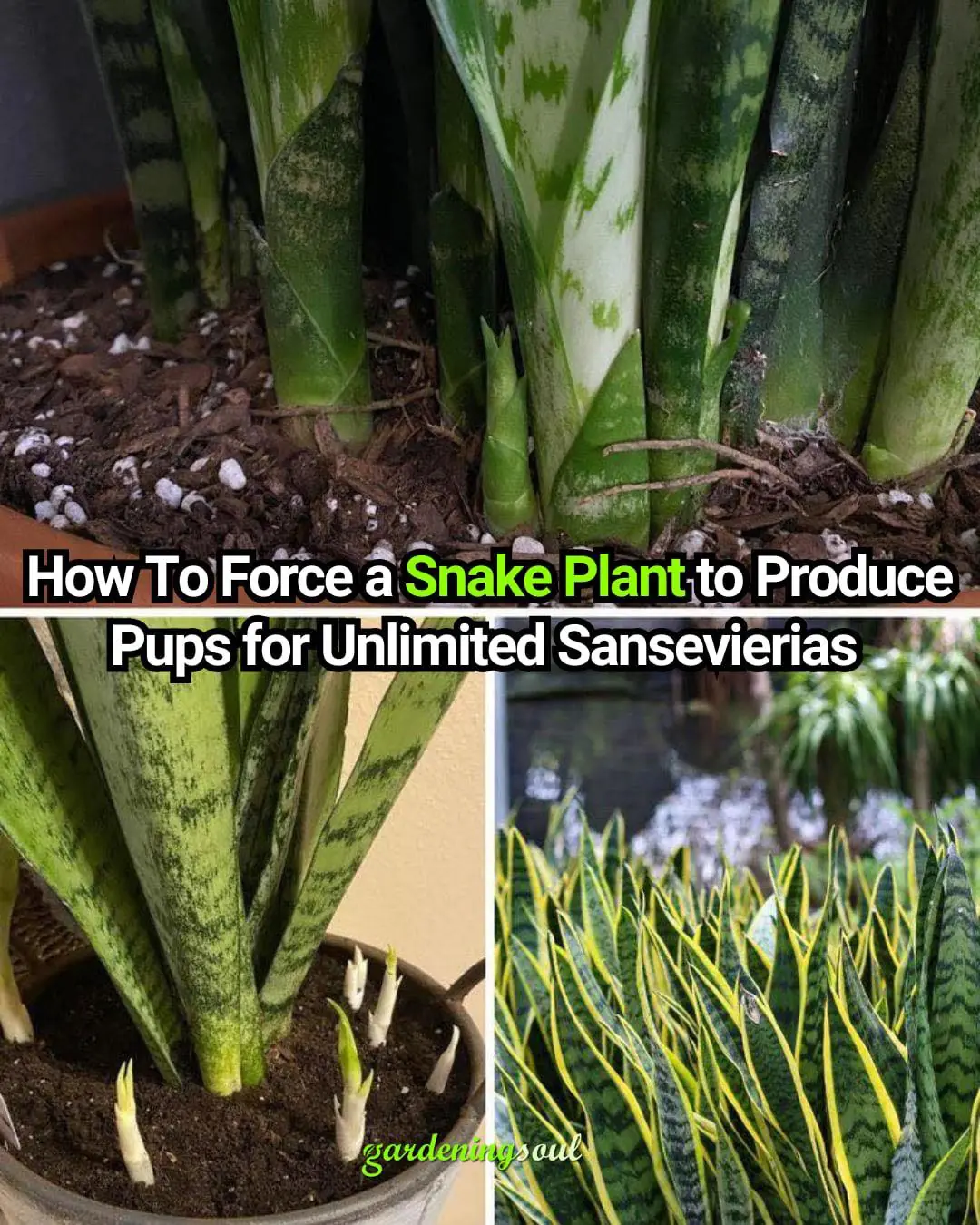
How To Force a Snake Plant to Produce Pups for Unlimited Sansevierias
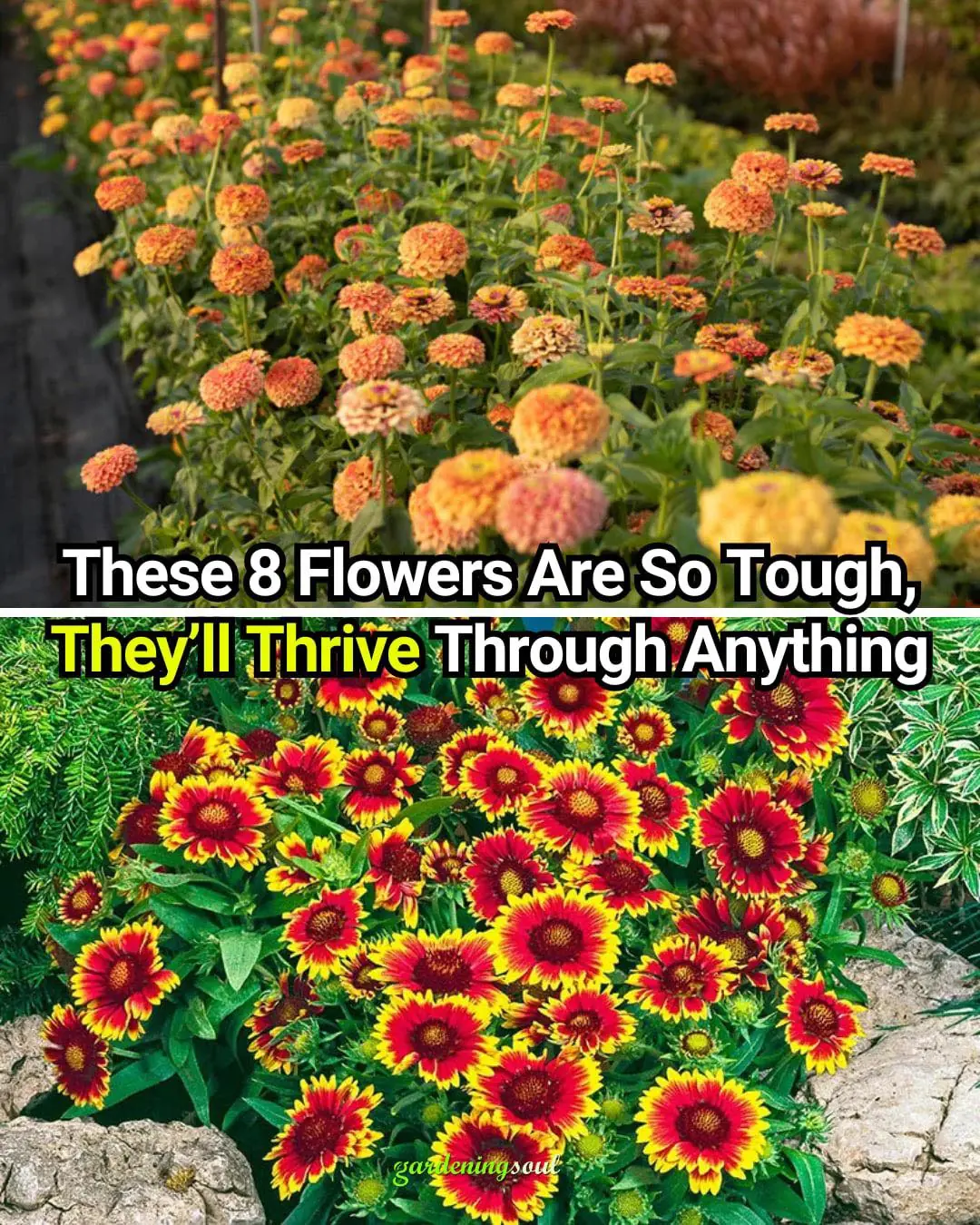
8 Plants That Will Thrive No Matter What
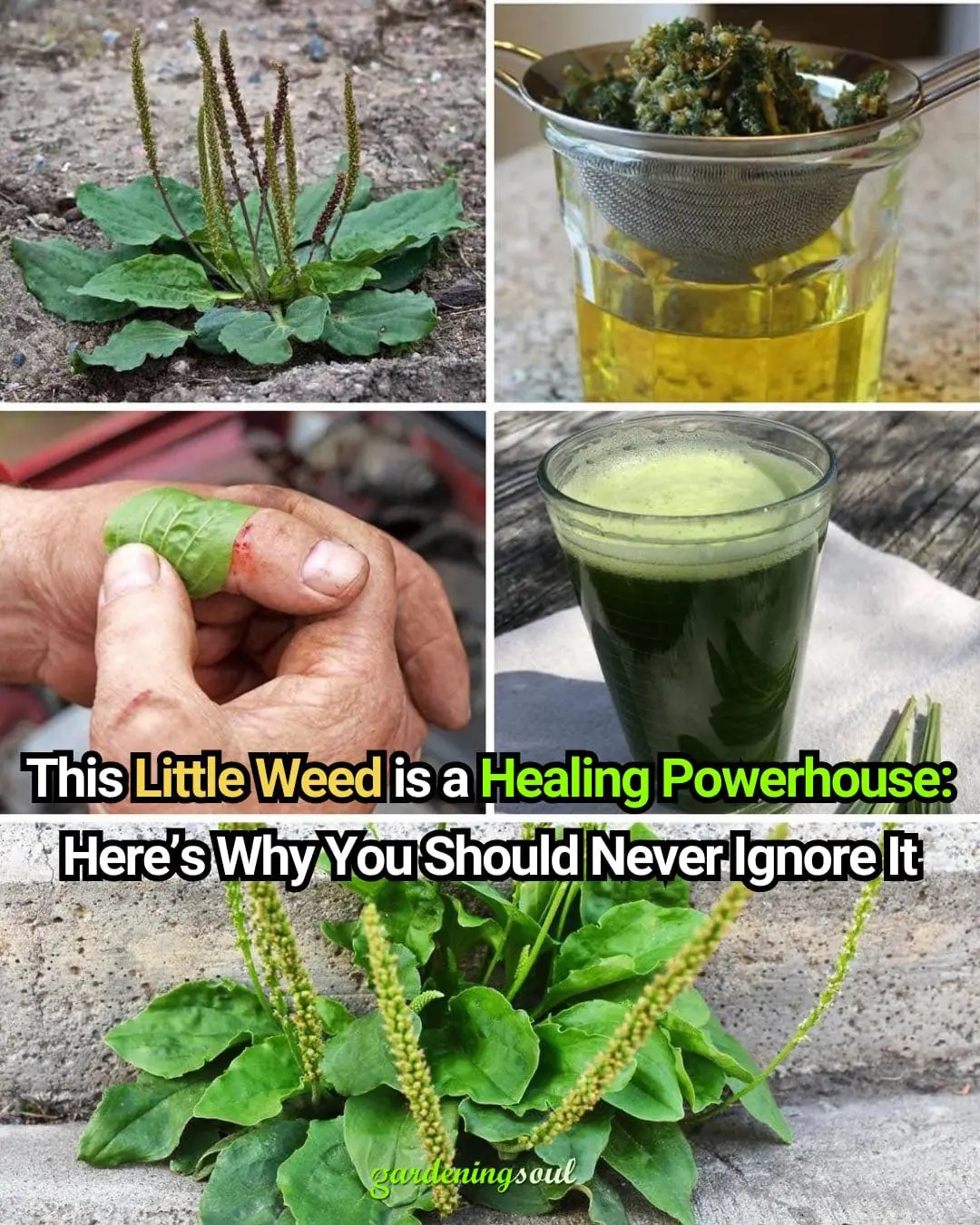
This Little Weed is one of the Most Useful Medicines on the Planet
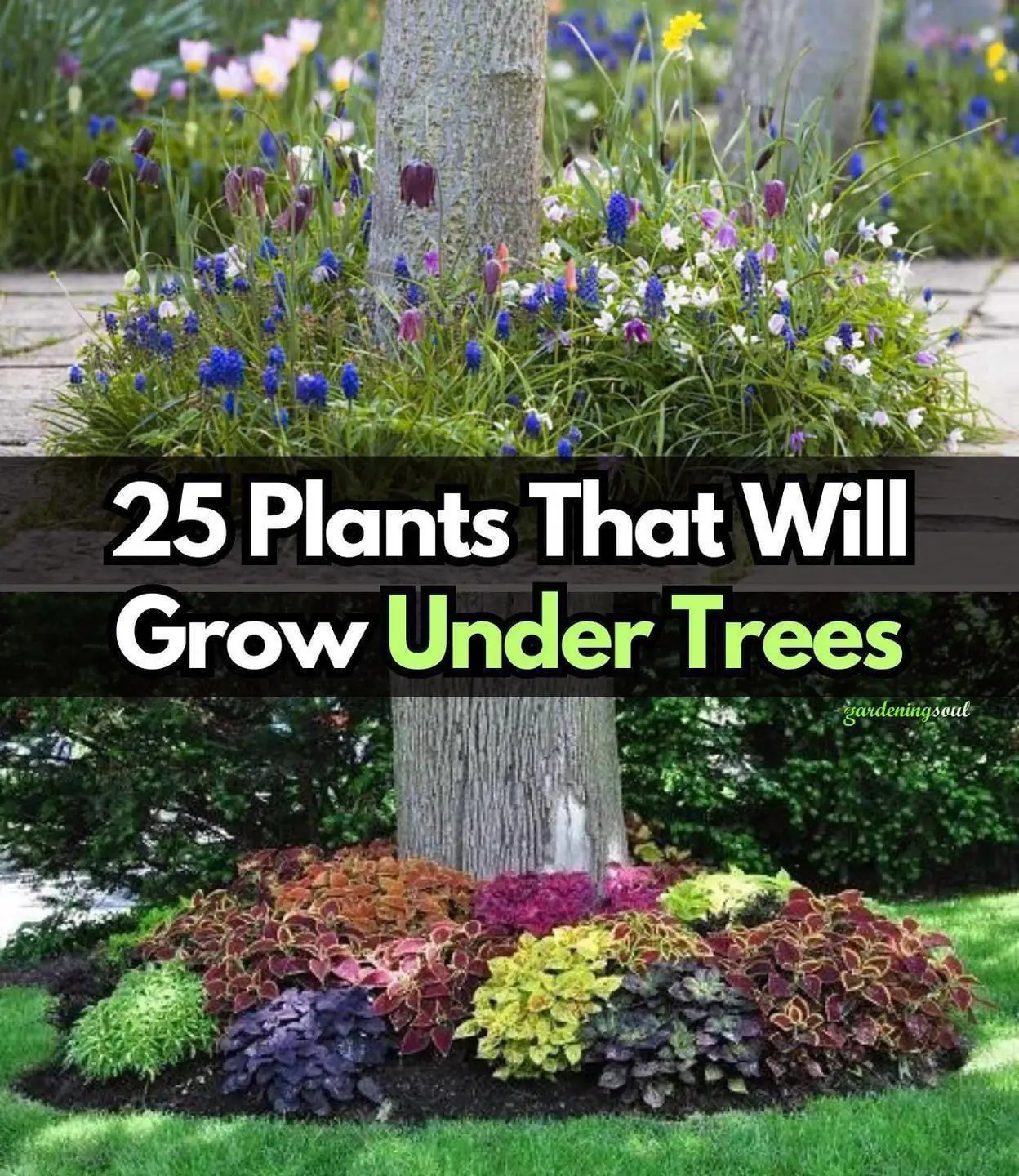
25 Beautiful Plants That Grow Well Under Trees
News Post

How To Get Peace Lilies To Bloom More Often

How To Grow Zucchini In A Pot: An effective 6 steps guide

15 Vegetables You Can Harvest in 30 Days

The Black Serum To Get Long, Black Hair

Oil Infusion For Fast Hair Growth

Turmeric Eye Mask For Dark Circles
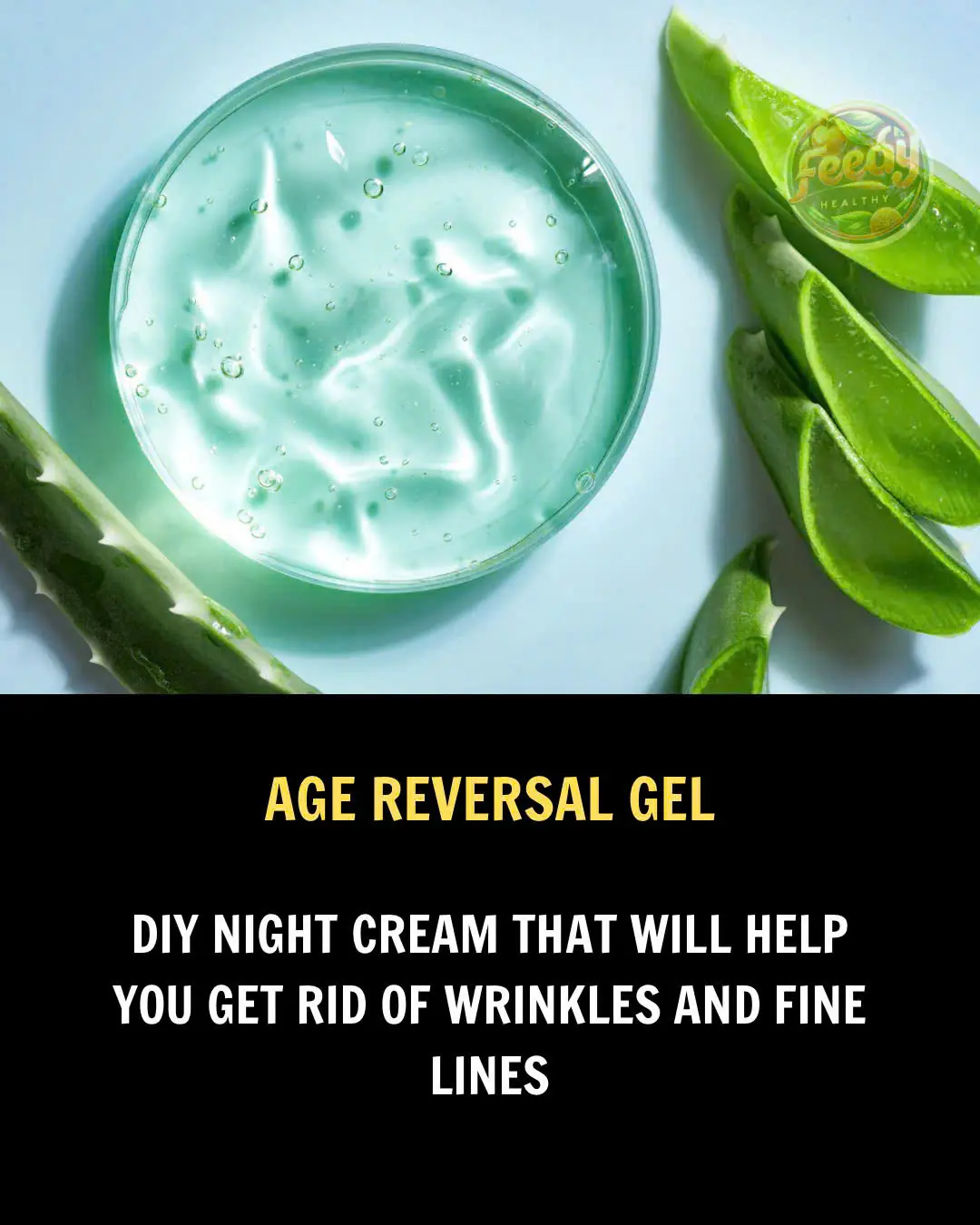
DIY Night Cream To Get Glow And Lovely Skin Naturally

Rice Flour & Flax Seeds Mask For Instant Glow & Younger Looking Skin
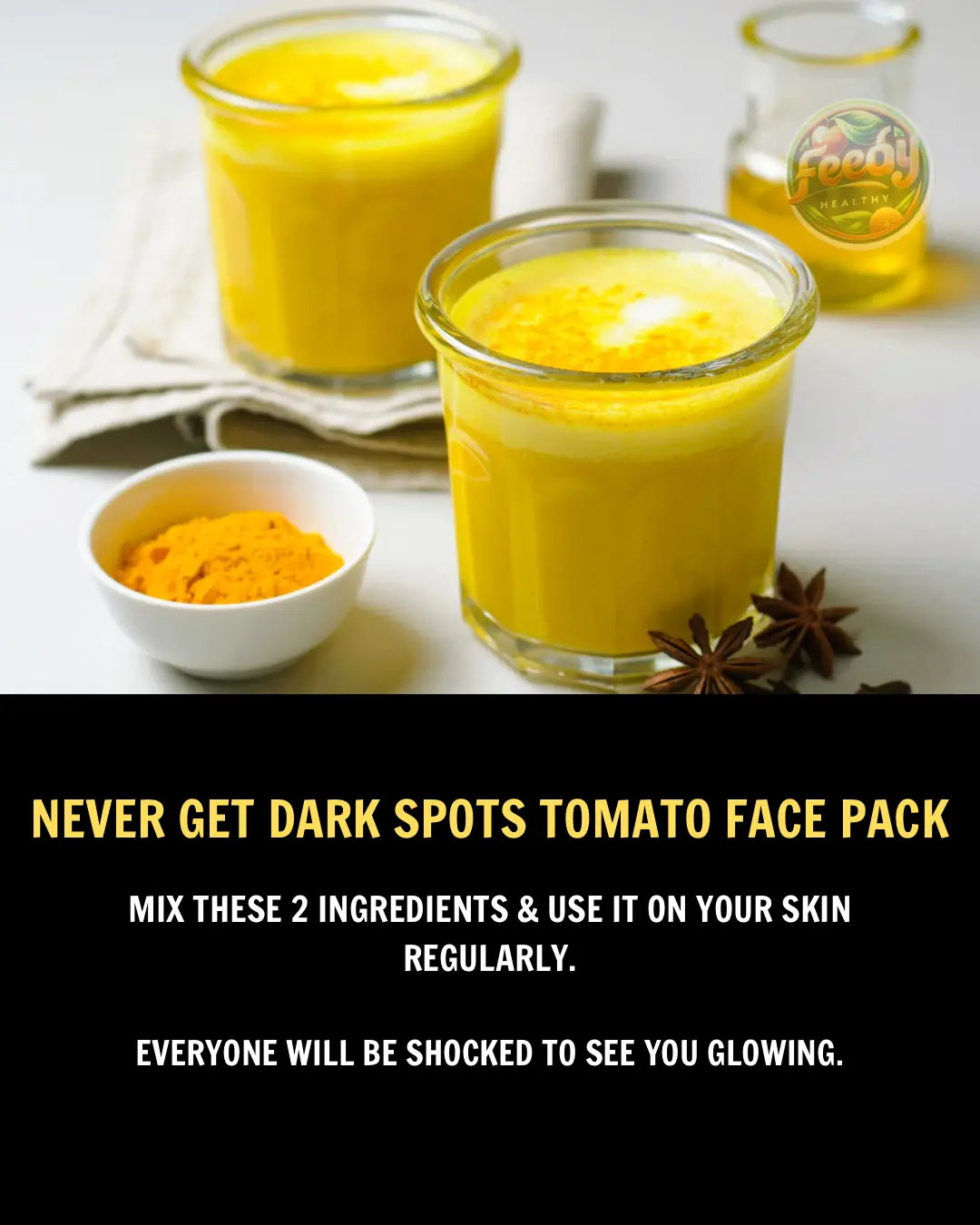
Tomato To Treat Hyperpigmentation, Dark Spots On Your Face
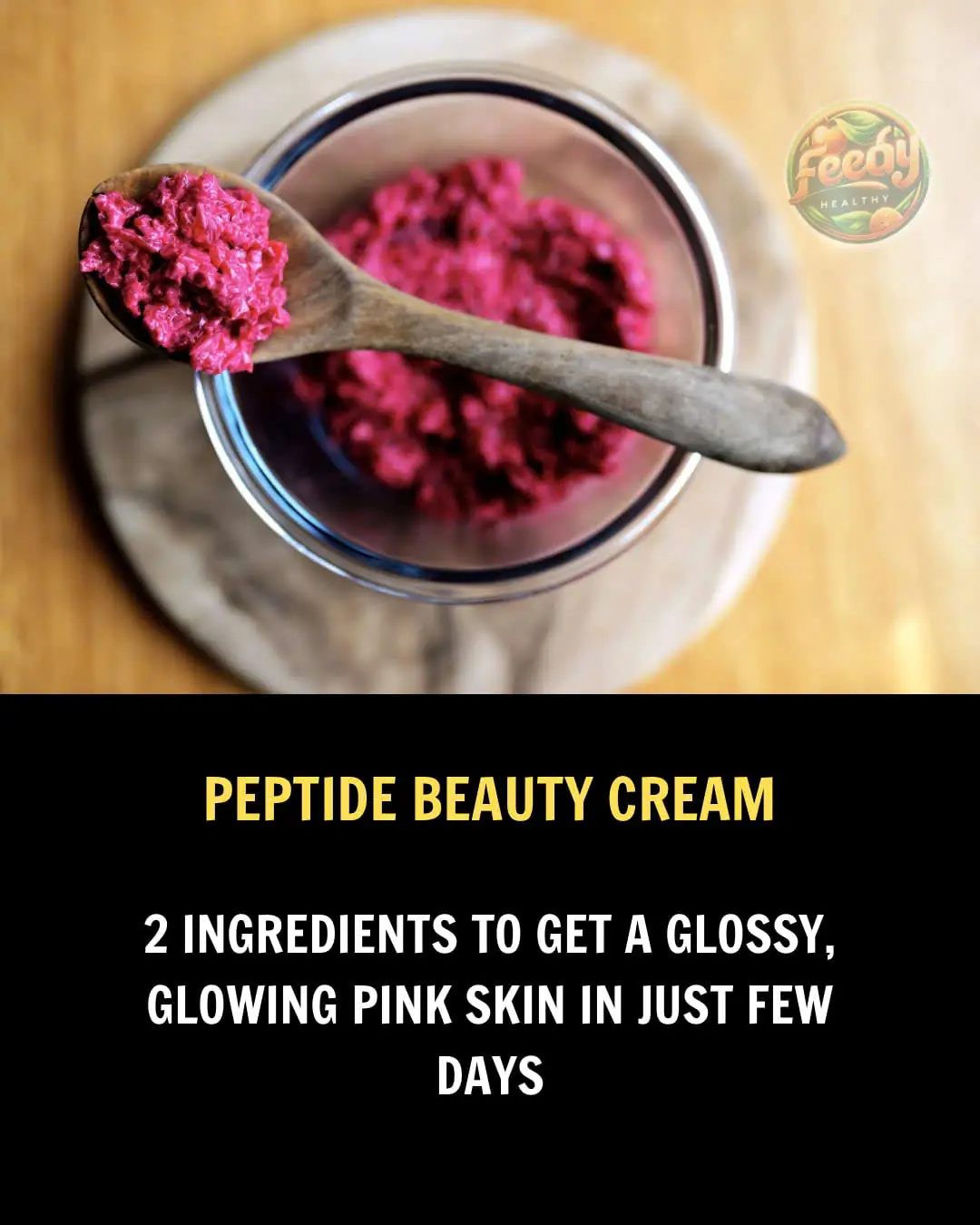
Beetroot Gel For Face

Collagen booster night cream!!

Homemade Anti-Aging Hand Scrub To Get Younger Looking Hands

Collagen booster night cream!!

How to use rice water to get clear & glowing skin naturally
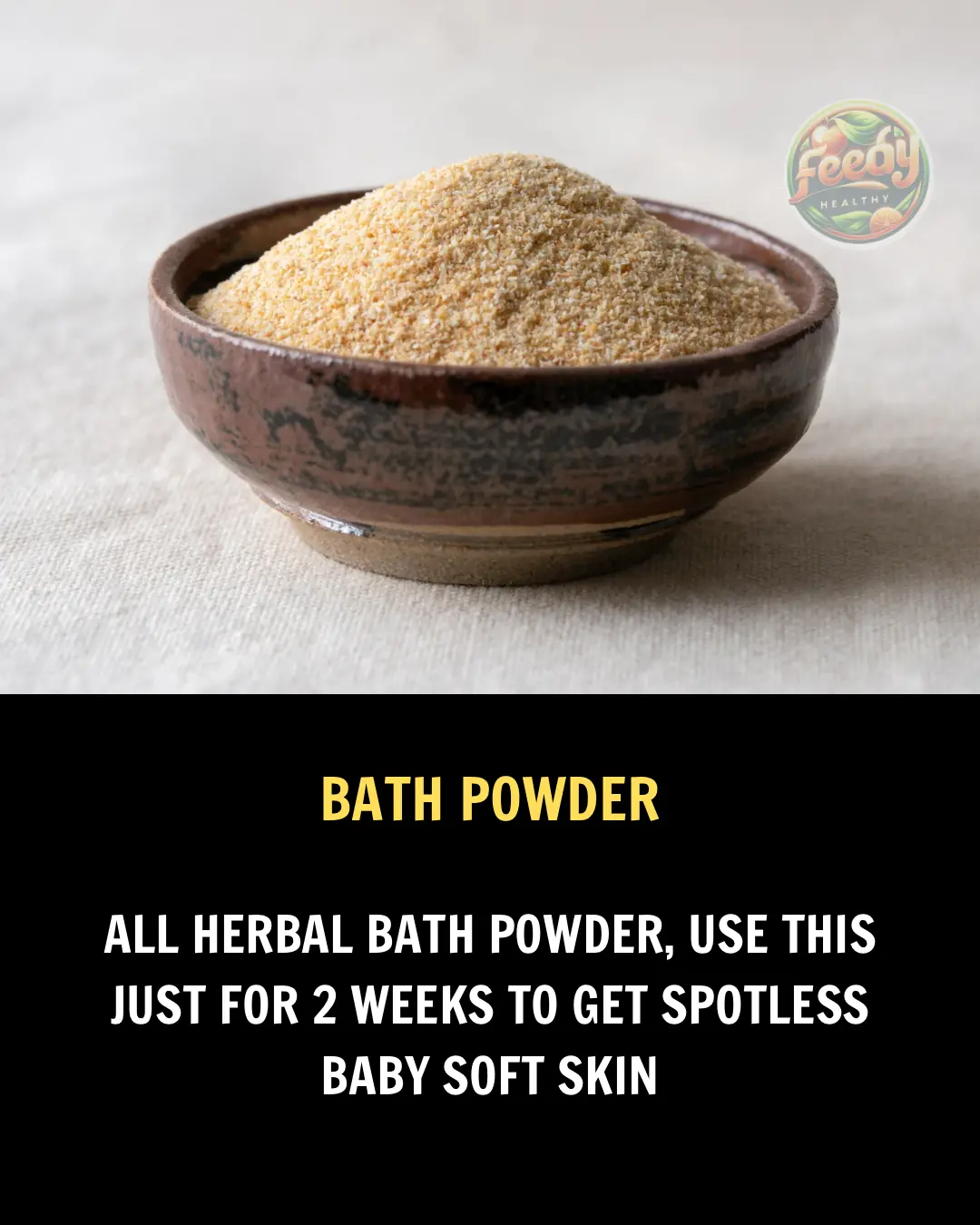
Miracle Indian Bridal Ubtan For Skin Brightening
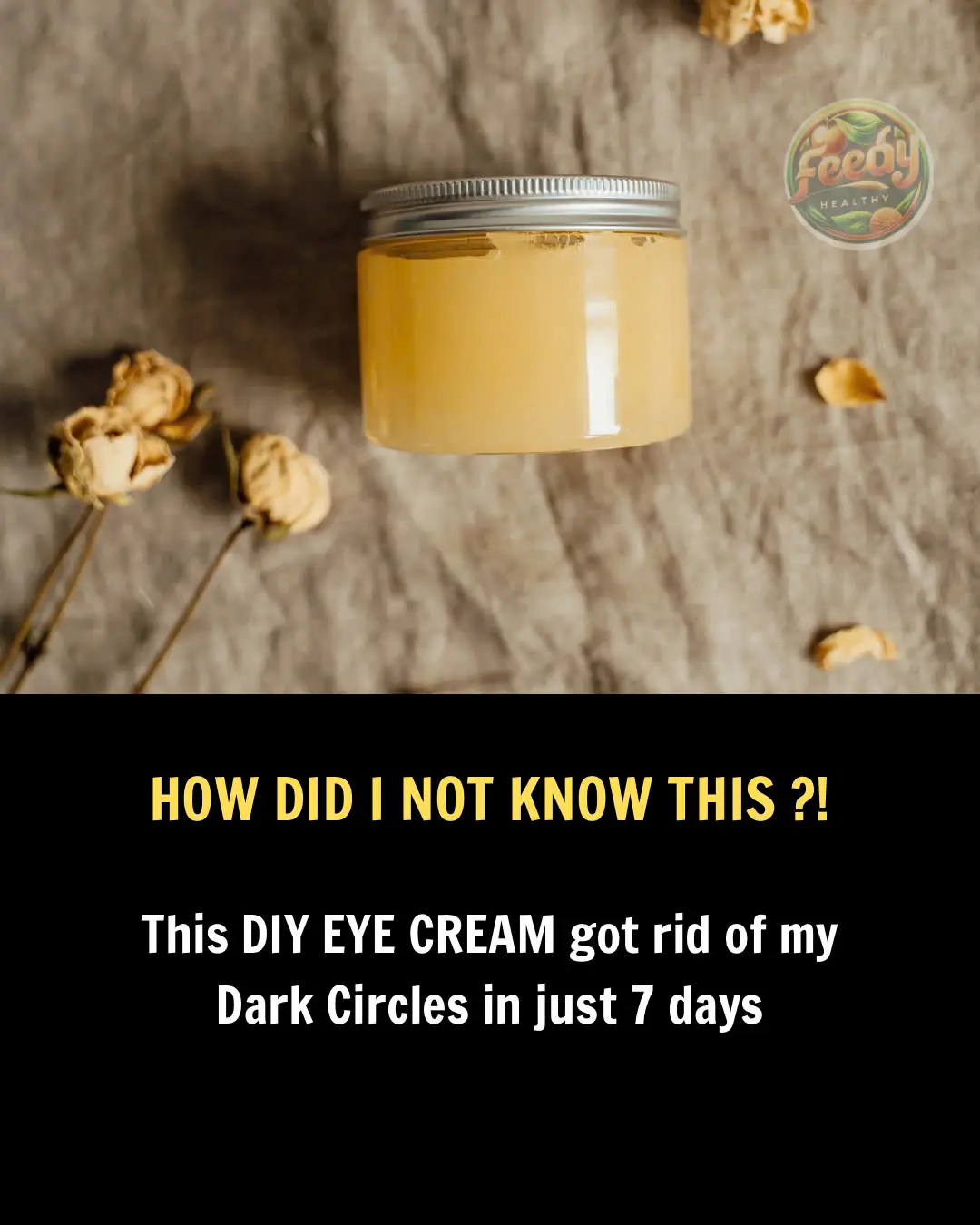
Turmeric Eye Mask For Dark Circles

DIY Keratin Treatment at Home for Smooth, Frizz-Free Hair

Collagen Combo For Glass Skkin

Beauty Cubes For Bright Glowing Skin
